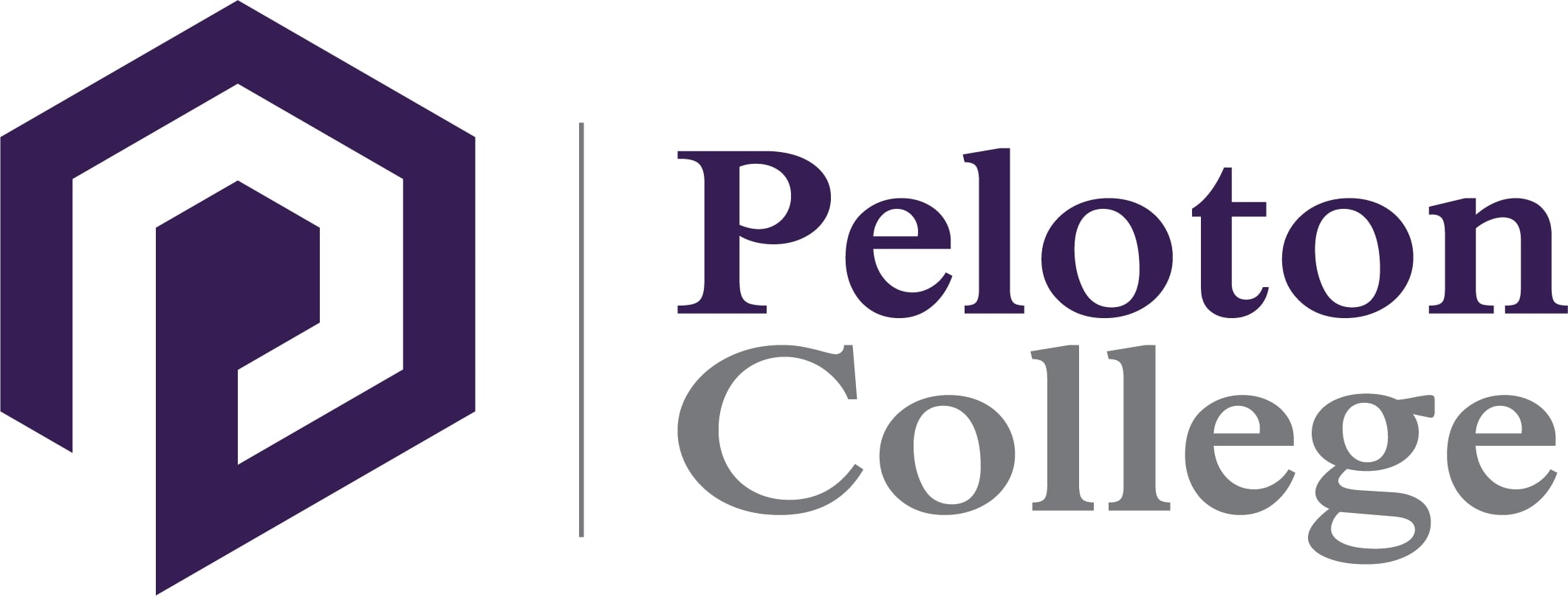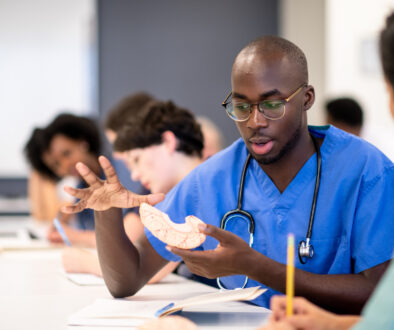Medical Assistant vs Physician’s Assistant

The healthcare field has career opportunities for everyone regardless of their aptitudes. However, many of the job descriptions sound alike. Two in particular, medical assistant (MA) and physician assistant (PA), are confusing. All medical assistants help physicians, but a physician assistant isn’t a medical assistant.
What Does a Medical Assistant Do?
Medical assistants support administrators and licensed healthcare providers in office settings. Allied health professionals, they’re part of both the clinical and clerical teams. Their job descriptions vary based on where they’re employed with duties ranging from mostly clinical to primarily administrative. Most medical assistants do some of both, managing a wide range of responsibilities, including:
Triaging Clinical Calls
Medical assistants manage the doctor’s schedule. The front office staff handles routine appointments, but medical assistants step in to handle urgent requests. You’ll use your clinical expertise to troubleshoot patients’ concerns, assigning available slots to those who need them most.
Rooming Patients
Medical assistants prepare patients for exams by escorting them to treatment areas, helping them get changed and updating their health records before the doctor arrives. Wrapping up these tasks in advance gives physicians more hands-on time with each patient.
Obtaining Vital Signs
One of a medical assistant’s most significant duties is taking vital signs, temperature, blood pressure, pulse, respiratory rate, and oxygen saturation. Vitals give doctors the data they need to evaluate the patient and calculate drug dosages.
Performing Diagnostic Tests
Diagnostic tests are an essential part of most physical exams. Medical assistants contribute by performing electrocardiograms, pacemaker checks, pregnancy screens, urinalysis, tuberculosis testing, and blood glucose checks.
Administering Medications
Medical assistants can give stable patients low-risk drugs under a licensed clinician’s supervision. Examples include childhood immunizations, allergy treatments, vitamin shots, birth control injections and influenza vaccines.
Wound Care
Medical assistants perform minor wound care, such as removing stitches and applying bandages. How often you’ll do it depends on the type of practice in which you work. Medical assistants employed by general practitioners rarely care for wounds. It’s an everyday task if you work for a surgeon.
Phlebotomy
Medical assistants draw blood in office settings, saving patients a trip to the lab. Some perform testing in full-service practices, while others process and ship samples to partnering laboratories.
Assisting with Surgical Procedures
Doctors who do in-office surgeries rely on medical assistants to help. You’ll set up the tools, pass instruments and monitor the patient.
Patient Communication
Medical assistants manage clinical communication, engaging with patients on the doctor’s behalf by phone, letter, or e-mail. As their representative, they relay messages, review test results, and explain treatment recommendations.
Billing and Coding
Medical assistants code insurance forms, assisting the billing department with claims and invoicing. More medical assistants have clinical rather than administrative roles, but billing and coding are part of most clinical tasks.
General Office Duties
There’s plenty of work to do in a doctor’s office. In a team effort, medical assistants help the clerical staff keep up with filing, faxing and phone calls.
What Does a Physician’s Assistant Do?
Physician assistants practice medicine under the supervision of a fully credentialed doctor. Their primary duties include:
Obtaining Detailed Health Histories
You will delve into patients’ health histories, detailing everything that may have clinical significance.
Performing Physical Exams
Physician assistants assess low-risk patients with routine medical needs.
Doing Rounds
Physician assistants do hospital rounds, checking patients on the doctor’s behalf for changes in condition.
Assisting With Surgical Procedures
You won’t perform procedures, but you can assist a qualified surgeon by passing instruments and suturing incisions.
Ordering and Interpreting Diagnostic Tests
Physician assistants have the necessary training to order and interpret diagnostic tests from x-rays to CT scans.
Prescribing Medications
Physician assistants can prescribe all medications except Schedule I drugs. Schedule II drugs, such as narcotic pain relievers, require the doctor’s involvement within 72 hours.
Diagnosing Illness
Like nurse practitioners, physician assistants can diagnose patients with supervision. They can manage the entire care process for established patients from evaluation to treatment plans.
Medical Assistants vs Physician Assistants
Medical assistants and physician’s assistants both help doctors but in different ways. Similarities and differences include
Education Requirements
There are no formal education requirements for medical assistants, but employers prefer trained candidates. Certification requires a diploma, a degree or lengthy work experience. Most medical assistants have a vocational school diploma. The curriculum includes:
- Anatomy and physiology
- Pharmacology
- Laboratory Practices
- Clinical Practices
- Billing and Coding
- Medical law and ethics
- Patient care
A high school diploma or GED is all you need to apply. Training concludes with a short externship for real-world experience after which graduates may take one of several certification exams.
Physician assistants are state-licensed clinicians. They need a specialized master’s degree from a college or university to practice. Some have additional education or even a doctorate. The curriculum includes in-depth instruction in:
- Anatomy and physiology
- Microbiology
- Chemistry
- Pharmacology
- Pathophysiology
- Cardiology
- Hematology
- Behavioral Health
- Emergency management
- Community health
Upon graduation, physician assistants take a certification exam. They then serve with doctors for a specific length of time based on state requirements before they can practice autonomously. Unlike physicians, however, residency is not required.
Physician’s assistant programs are highly competitive, only a small percentage of applicants get in. Candidates need Math, Science and language credits with most institutions insisting on a 3.5 GPA or higher.
Job Responsibilities
Physician assistants are primary healthcare providers. As clinical professionals, they can do most of what a physician can with support. Most, however, have no administrative role.
Medical assistants are allied health professionals. Support specialists, they help doctors, nurses, and physician’s assistants do a better job by managing both clinical and administrative tasks.
Where They Work
Medical assistants work in doctor’s offices, hospitals, and clinics. Twenty years ago, most were employed in private practices. Today opportunities are growing in acute care and business settings. Schools, insurance companies and billing services employ medical assistants.
Physician assistants are paired with physicians, where doctors go, they follow. Physician assistants work in offices, hospitals, rehab centers, and urgent care clinics.
Who They Work With
Medical assistants work with administrators, clinical professionals, and support staff. Part of the healthcare team, they have input but not necessarily decision-making privileges.
Physician assistants are licensed professionals with decision-making authority. They collaborate with physicians, office staff, and other professional healthcare providers.
Both medical assistants and physician assistants work directly with patients. Medical assistants provide low-level hands-on care, but they’re not qualified to perform most treatments independently. Physician assistants are autonomous healthcare providers needing only casual supervision. Medical assistants often help physician assistants with complex treatments.
Hours
Medical assistants have enviable schedules. Most work Monday through Friday with few evening, holiday, or weekend requirements.
Physician assistants work the same hours as doctors with 24/7 shifts and on-call responsibilities. Achieving a positive work-life balance can be a struggle.
Career Development
Medical assisting became an organized profession in the 1950s. First, they received on-the-job training. But soon, education and certification programs were developed to better define their role.
By the 1960s, medical assistants had clear-cut responsibilities that have since evolved but have not changed. Backed by a professional organization, the American Association of Medical Assistants, medical assistants continue to broaden their capabilities. With experience and continuing education, many rise to supervisory positions. Specialty certifications are available.
The term “physician assistant” was coined in 1965 by Duke University. In response to a nationwide shortage of physicians, they began the first Physician’s Assistant program. The first certification exam was developed in 1973, and by 2022, there were more than 250 accredited training programs in the United States.
Like medical assistants, physician’s assistants can grow into supervisory, management or leadership roles. However, they can’t become physicians without completing medical school.
How Do You Become a Medical Assistant?
Medical assistants have choices when it comes to training. However, while some have degrees, most opt for a vocational school diploma. The curriculum covers what you need to know in as little as 9 months, quicker than it takes to get a degree. It’s a quick lifestyle-friendly option that meets the unique needs of adult learners.
Perks include flexible schedules, small class sizes and career services. Vocational schools don’t just prepare you for a job, they help you find a good one.
Final Thoughts
There are no wrong ways to join the healthcare field. Medical assistants and physician’s assistants both have a valuable role. Choose the career that meets your training, lifestyle, and advancement aspirations.
Want to Learn More?
The objective of this Medical Assistant training program at Peloton College is to prepare the student for employment as an entry-level Medical Assistant performing administrative, clerical, and clinical duties within the health care field.
The mission of Peloton College is to be the premier provider of hands-on training and education by providing students and graduates with the necessary skills to secure occupational careers. Contact us today to learn more.



